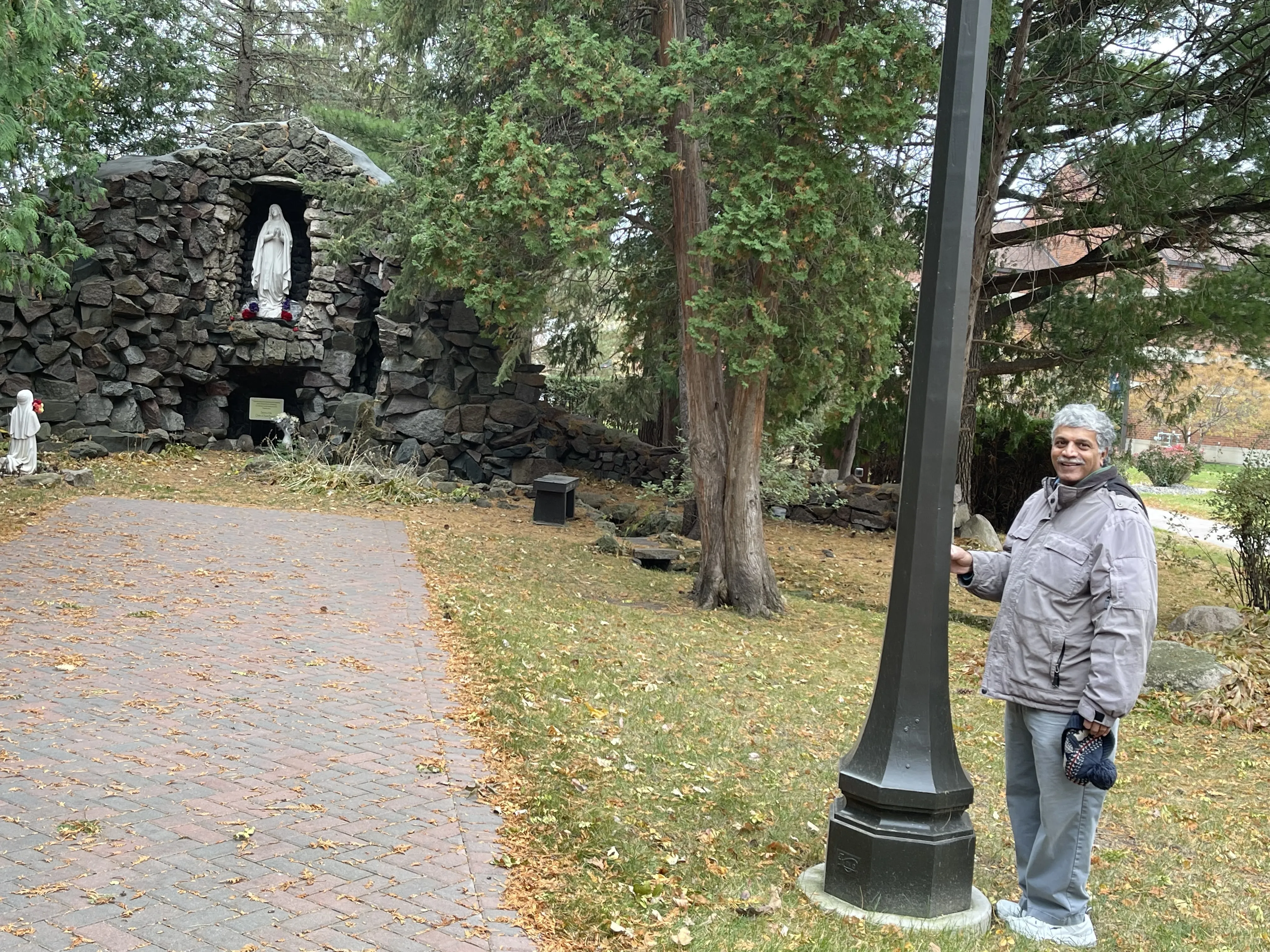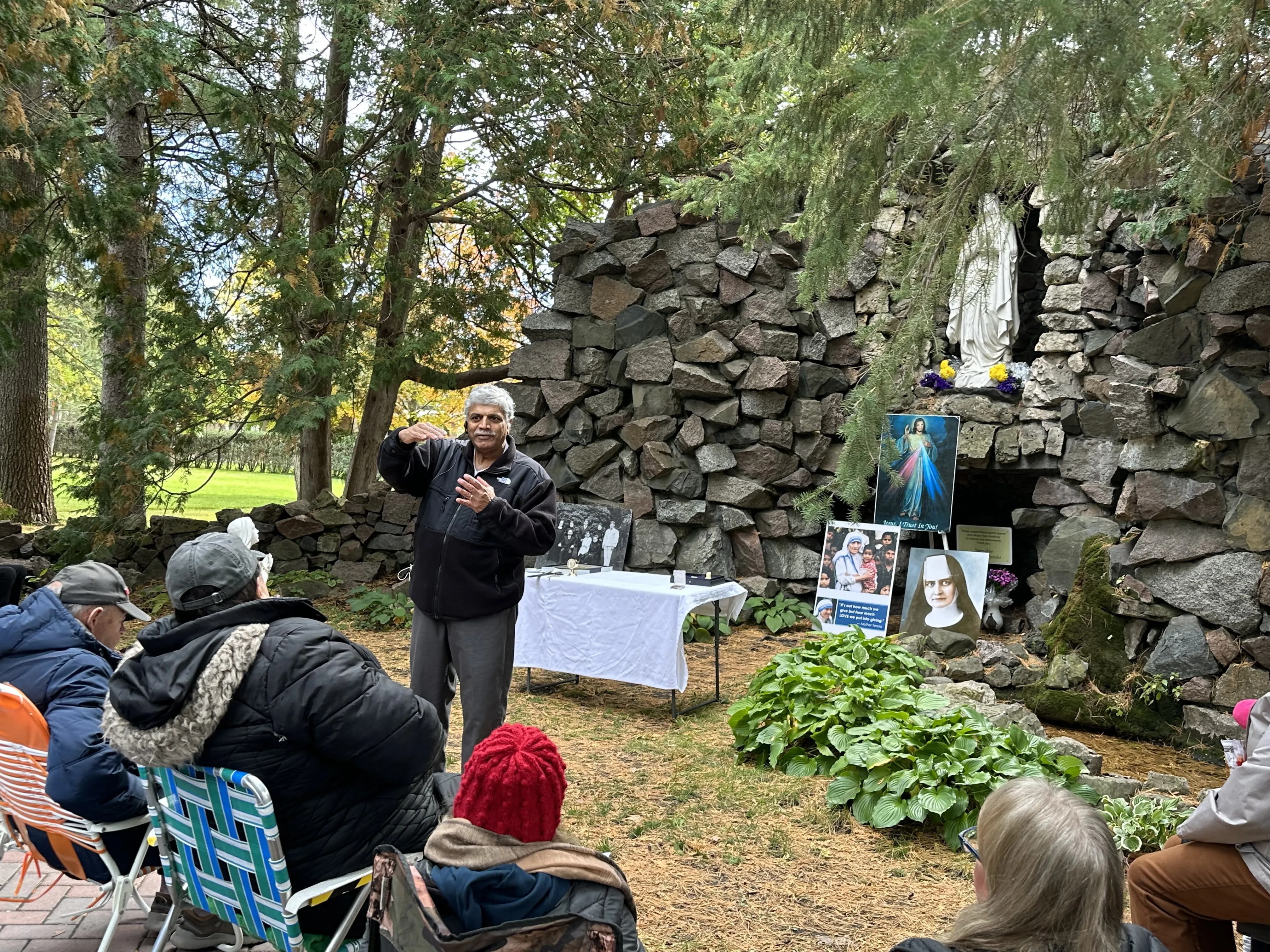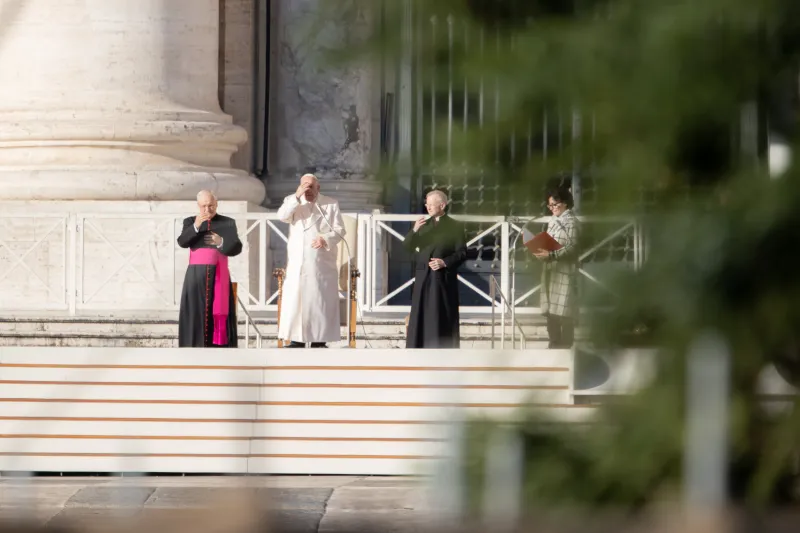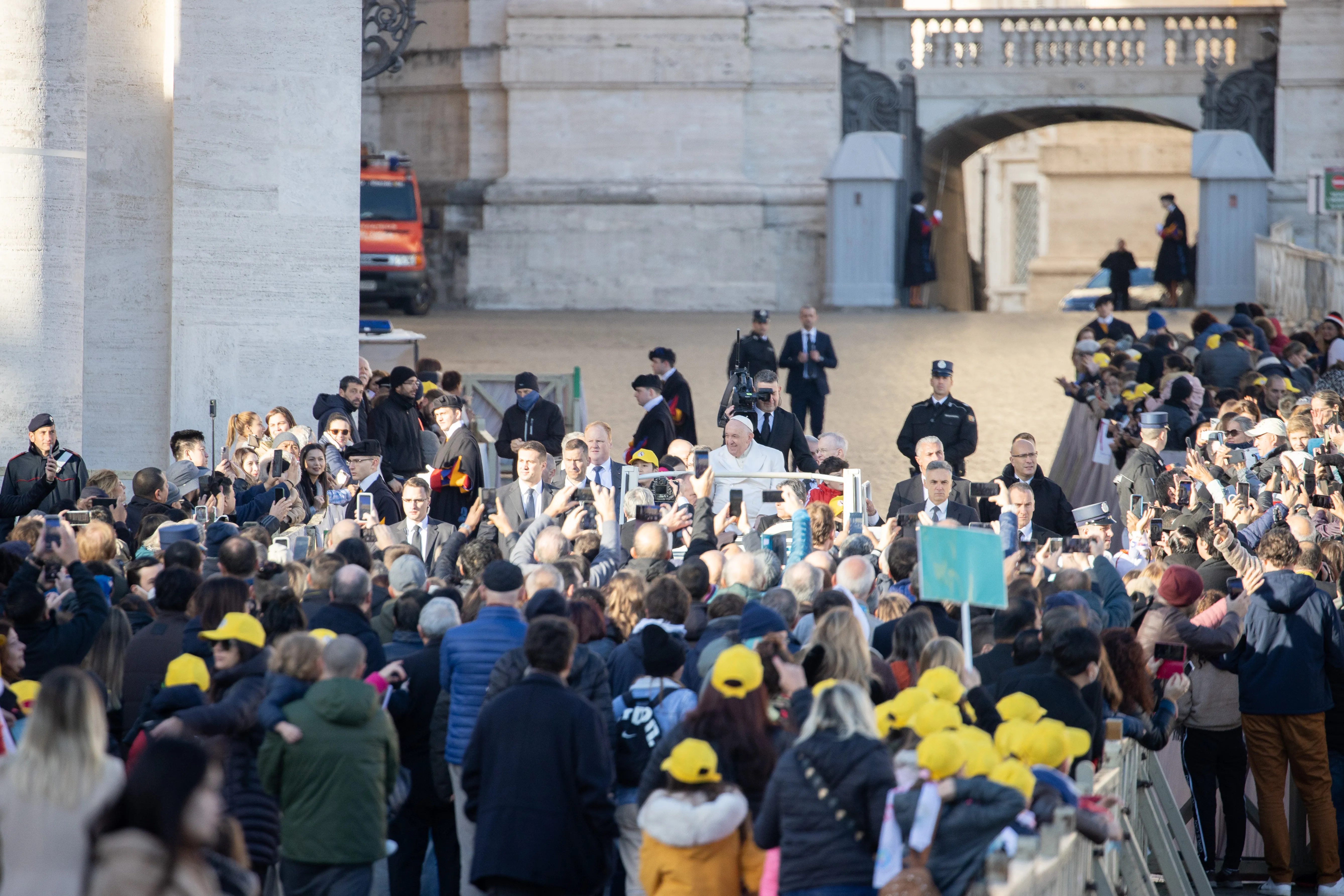
Washington, D.C. Newsroom, Apr 2, 2024 / 13:40 pm (CNA).
Seven humanitarian aid workers with the World Central Kitchen (WCK) were killed by an Israeli airstrike in central Gaza on Monday, subsequently bringing the group’s relief efforts in the region to a halt.
The Israel Defense Forces (IDF) have accepted responsibility for the strike but said they did not intend to kill innocent humanitarian aid workers.
The workers — who were citizens of Australia, Poland, the United Kingdom, the United States, Canada, and Palestine — were killed while traveling in a “deconflicted zone” after delivering 100 tons of food aid to a town in central Gaza, according to a Monday WCK statement.
They were traveling in vehicles marked as humanitarian aid and were killed despite coordinating their movement with the IDF, according to WCK.
Erin Gore, CEO of World Central Kitchen, called the killings “unforgivable” and said that “this is not only an attack against WCK, this is an attack on humanitarian organizations showing up in the most dire of situations where food is being used as a weapon of war.”
The statement also said that WCK is “immediately” pausing all operations in the region and will be “making decisions about the future of our work soon.”
A representative for WCK declined CNA’s request for comment, saying the group could not speak “at this difficult time.”
Israeli Prime Minister Benjamin Netanyahu meanwhile called the incident “tragic” and said that the strike on the WCK’s “innocent people” was unintentional.
“This happens in wartime. We are thoroughly looking into it, are in contact with the governments, and will do everything to ensure it does not happen again,” the prime minister said.
In a post on X, IDF spokesperson Daniel Hagari said that he spoke with WCK’s founder, celebrity chef and Catholic José Andrés, and expressed “deepest condolences of the Israel Defense Forces to the families and the entire World Central Kitchen family.”
Hagari also said that the IDF expresses “sincere sorrow to our allied nations who have been doing and continue to do so much to assist those in need.”
According to Hagari, the IDF will allow an independent, professional investigation into the incident to determine how it occurred.
“The work of WCK is critical. They are the front lines of humanity,” Hagari said, adding that the IDF has been “working closely” to assist WCK’s “noble mission of helping bring food and humanitarian aid to the people of Gaza.”
WCK is an international network of chefs and volunteers devoted to bringing food aid to areas suffering from natural disasters and wars.
WCK has been heavily involved with delivering food to Palestinian civilians since the early days of the Israeli-Hamas war. The group also brought aid to Israeli civilians impacted by Hamas’ widespread terrorist attacks on Oct. 7, 2023.
According to Hagari, “they were one of the first NGOs” to bring aid to Israeli citizens who were reeling from the surprise Hamas attacks.
Andrés mourned the WCK workers’ deaths in a Monday statement on X.
“I am heartbroken and grieving for their families and friends and our whole WCK family. These are people … angels … I served alongside in Ukraine, Gaza, Turkey, Morocco, Bahamas, and Indonesia. They are not faceless … they are not nameless,” he said.
“The Israeli government needs to stop this indiscriminate killing. It needs to stop restricting humanitarian aid, stop killing civilians and aid workers, and stop using food as a weapon. No more innocent lives lost. Peace starts with our shared humanity. It needs to start now.”
More than 175 days since the conflict in Gaza began, many world leaders, including the pope, continue to call for an end to the war and for Israel to allow more aid into the territory.
At St. Peter’s Basilica on Easter Sunday, Pope Francis called for an immediate cease-fire in the Gaza Strip, appealed for humanitarian access for the people of Gaza, and called for the prompt release of the hostages seized by Hamas on Oct. 7.
“Let us not allow the current hostilities to continue to have grave repercussions on the civil population, by now at the limit of its endurance, and above all on the children,” the pope said. “Peace is never made with arms but with outstretched hands and open hearts.”
If you value the news and views Catholic World Report provides, please consider donating to support our efforts. Your contribution will help us continue to make CWR available to all readers worldwide for free, without a subscription. Thank you for your generosity!
Click here for more information on donating to CWR. Click here to sign up for our newsletter.









Leave a Reply